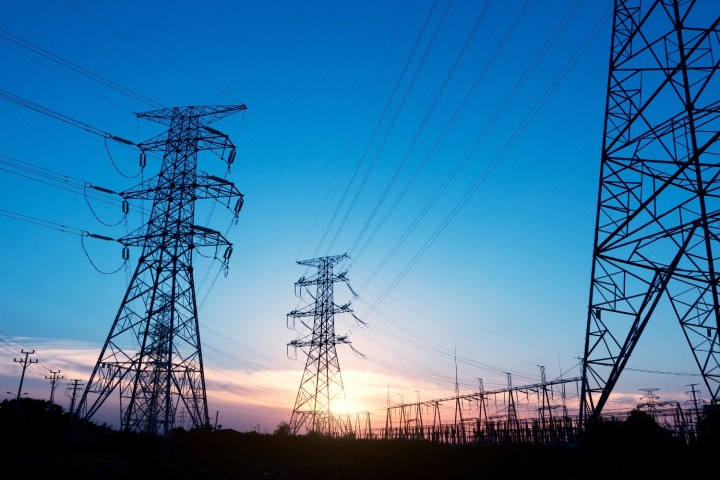
“Coal power plants represent almost a quarter of greenhouse gas emissions,” Olivier Corradi, a French-Danish data scientist who leads the project, told Digital Trends. “Policies unfortunately tend to focus less on closing coal power plants and more on how much wind or solar was installed. We wanted to have an objective, quantified view about the true physical emissions related to electricity consumption in order to guide debates to something more constructive. We strongly believe information precedes action, and we have substantially been lacking information in public debates.”
When the project started a year ago, the researchers included only a few countries on the map. Since then, a community has formed around the open-source project, and its creators have been able to expand to multiple countries around the world. At present, Electricity Map covers Europe, most of Latin America, Australia, parts of India, and is currently in the process of expanding to include the United States (California is already up and running).

For each region, visitors can analyze electricity production by source and carbon emissions — with production broken down into wind, solar, hydro, hydro storage, battery storage, geothermal, biomass, nuclear, gas, coal, and oil categories. You can also identify the origin of electricity in the past 24 hours, carbon intensity during that time, and even rank the different countries to see which are doing best.
“We’re aiming to be the Google Maps of electricity, and our objective is to digitalize electricity fluxes around the world,” Corradi said.
If you’re at all interested in getting up-to-date information about how the power you use may be affecting the environment, this is totally worth checking out. Heck, you can also sign up to get involved yourself.


